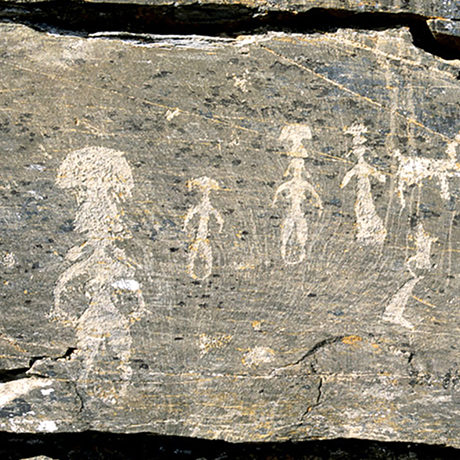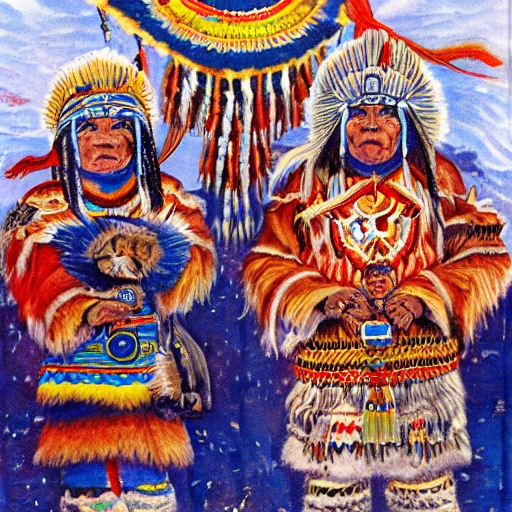
The word “Shaman” is derived from Siberian languages and was first introduced into English by Russian anthropologist Aleksandr Gabyshev in the late 19th century. Mircea Eliade popularized its use in his 1951 seminal work: Shamanism: Archaic Techniques of Ecstasy.
Siberian Shamanism is not a single, tradition. The tribes and communities have their own languages, cultures, and unique shamanic practices and spiritual beliefs… all contributing to the overall description of Siberian Shamanism.
There are commonalities, all Siberian Shamanic traditions are rooted in the belief that every living being possess a spiritual essence and their animistic worldview, which recognizes the presence of spiritual forces in all aspects of life.
With the Shaman serving as an intermediary between the human and the spirit realms, deeply connected to nature and the spirit world… at the heart of the Siberian Shamanism lies the exploration of altered states of consciousness.
Altered States of Consciousness
These states can be induced through various methods such as drumming, chanting, dancing… and some Siberian Shamans use of Entheogenic substances… such as Amanita muscaria or Fly Agaric, which has a long history Siberian Shamanic traditions.
Ancient History… of Amanita Muscaria and Siberian Shamanism
In the Altai Mountains of Siberia, artifacts such as stone carvings and paintings have been found in ancient burial sites depicting anthropomorphic figures holding mushrooms. Some of these artifacts date back thousands of years to the Neolithic and Bronze Age periods.
These images show a historical association between the mushrooms, and Animistic and Shamanic practices since the beginning of recorded history.
The oral traditions of passing down knowledge regarding shamanic practices (including the use of hallucinogenic mushrooms), have preserved their rituals, stories and the cultural significance of these mushrooms for generations…
As do the Shamanic drum designs, clothing and ceremonial objects also oftentimes seen featuring representations of the Fly Agaric mushroom, up to the present day.
Psychoactive Substances
Terence McKenna in his work “Food of the Gods” delved into the profound relationship between psychoactive substances, including hallucinogenic mushrooms, and the development of human spirituality throughout history…
Suggesting that the Entheogenic substances acted as catalysts for quantum shifts in human consciousness and cognition… suggesting that these substances played a pivotal role in the emergence of human self-awareness, artistic expression and even language.
Throughout history humans have sought to connect with the divine… to transcend the boundaries of ordinary reality… and these plant medicines have been used as tools to explore the realms of the sacred and the mysterious for tens of thousands of years.
The Shamanic Calling of Siberian Shamans

In Siberian cultures, the path of a Shaman often begins with a powerful spiritual calling.
The individual experiences dreams, visions and/or has encounters with spirits that indicate their destined role as a shaman.
The calling is both a personal journey and a responsibility to the whole community. As a Shaman they become the healer, diviner and spiritual guide for their community.
Modern Shamanism: the Healers Calling
More and more people are being drawn back to this fundamental calling, the calling of Healer, a positive influence in our communities… to make a difference in this world.
and Hypnosis can be a powerful healing modality, to help people get over their problems and onto what it is they want to be doing…
Find Out about becoming a Licensed Hypnotic Practitioner and learn the Art & Science of Hypnosis.

